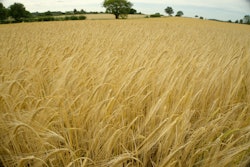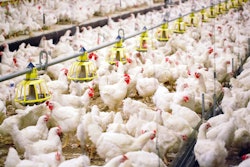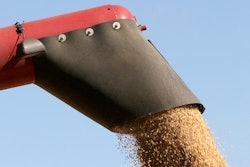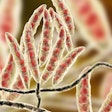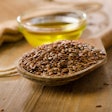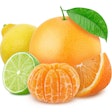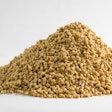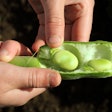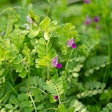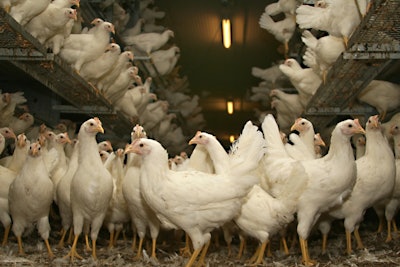
Certain cereals can increase the incidence of sticky droppings in layers if fed in excessive amounts. The same is also true if birds consume reasonable amounts but they develop a digestive disorder that causes them to digest such cereals incompletely. Sticky droppings is a major problem concerning egg and litter quality for floor-housed layers. Although this is not caused only by cereals, here we will focus on four major cereals which, when fed in excess, may lead to sticky droppings.
Wheat
Wheat contains high levels of various non-starch polysaccharides (NSPs) that contribute to sticky droppings if consumed in large quantities or if the birds have limited enzymatic activity to break down these components. It is rather common nowadays to routinely include a xylanase exogenous enzyme, especially in all-wheat layer feeds.
Barley
Similar to wheat, barley is rich in NSPs, but the profile is different as it is richer in beta-glucans, which do not contribute as much to sticky droppings. Nevertheless, if sticky droppings in high-barley diets is a problem, adding an exogenous beta-glucanase may alleviate the problem.
Oats
Although oats are well-tolerated by all species, including poultry, excessive consumption can lead to sticky droppings due to their high fiber content (and not just due to their NSPs profile). Feeding dehulled oats is a better option, in our opinion, than feeding an exogenous enzyme cocktail but, either way, cost will always be rather high.
Rye and triticale
Rye contains high levels of pentosans, which resemble those of wheat and can certainly contribute to sticky droppings if consumed even in small quantities. Poultry generally avoid high-rye diets. Similar but less pronounced effects are expected from triticale, a cereal that is a cross between wheat and rye.
It’s important to note that while these cereals can potentially cause sticky droppings, they are used in many countries around the world, especially in the north, where other cereals are not as readily available or as economically sourced. Again, it should be emphasized that these cereals alone are not the sole cause of sticky droppings. The same can be said about the often-mentioned solution, that of exogenous enzymes: They are neither the only solution nor a panacea. However, from a nutrition point of view, these two, along with dietary ash and water consumption, are frequently the first factors examined by a nutritionist who has to resolve a case of severe sticky droppings that affect egg quality and/or animal health and welfare. As always, consulting with a qualified nutritionist is the best advice.

